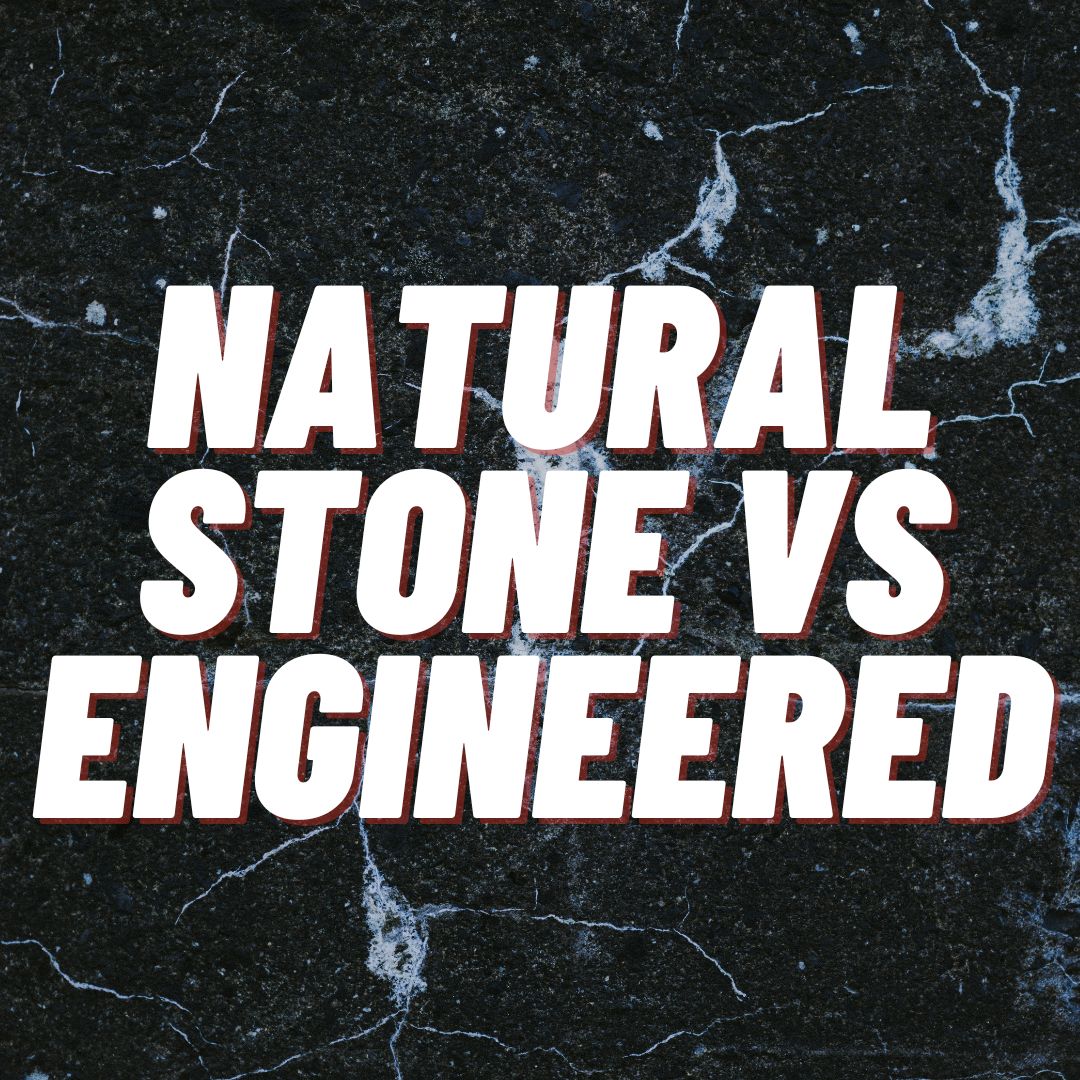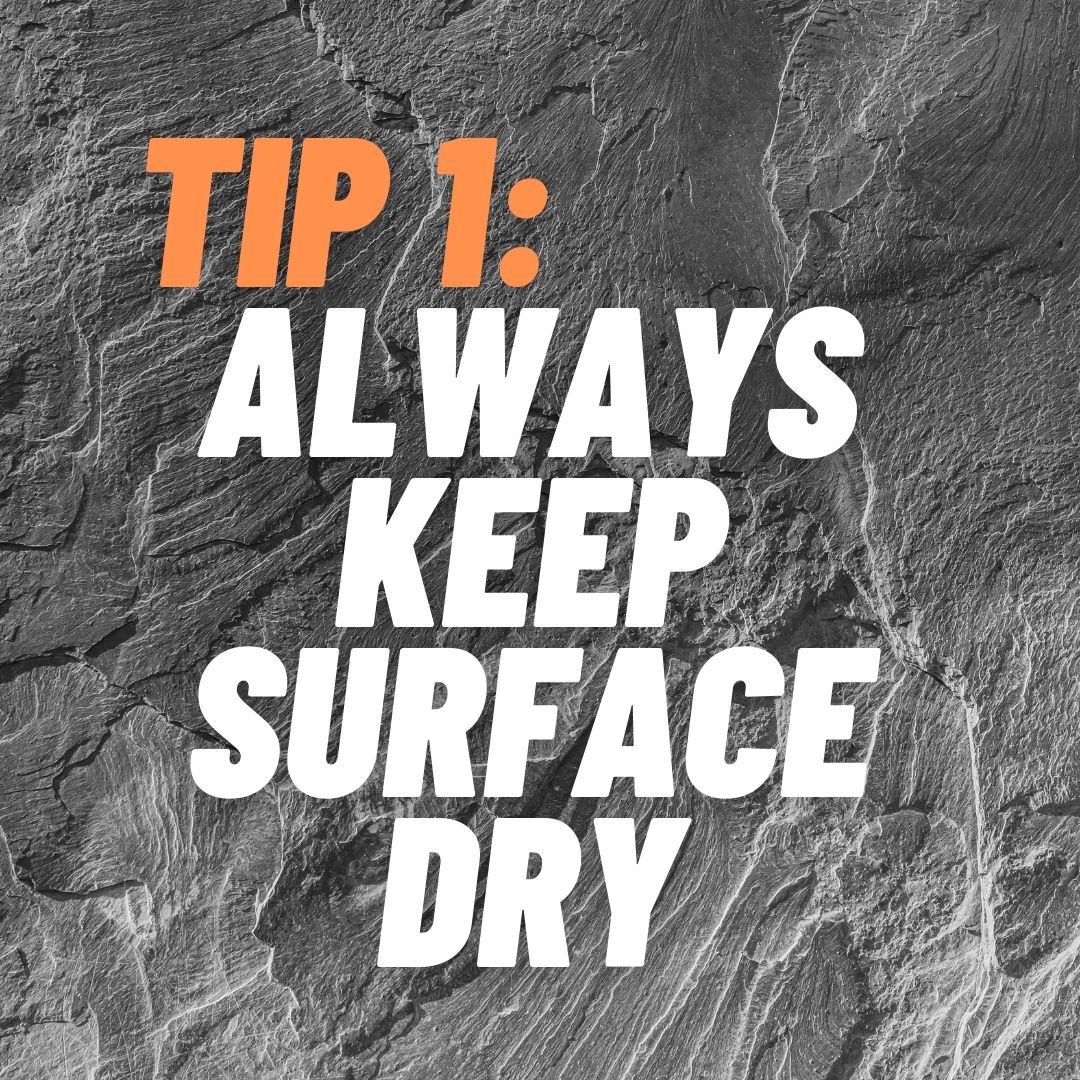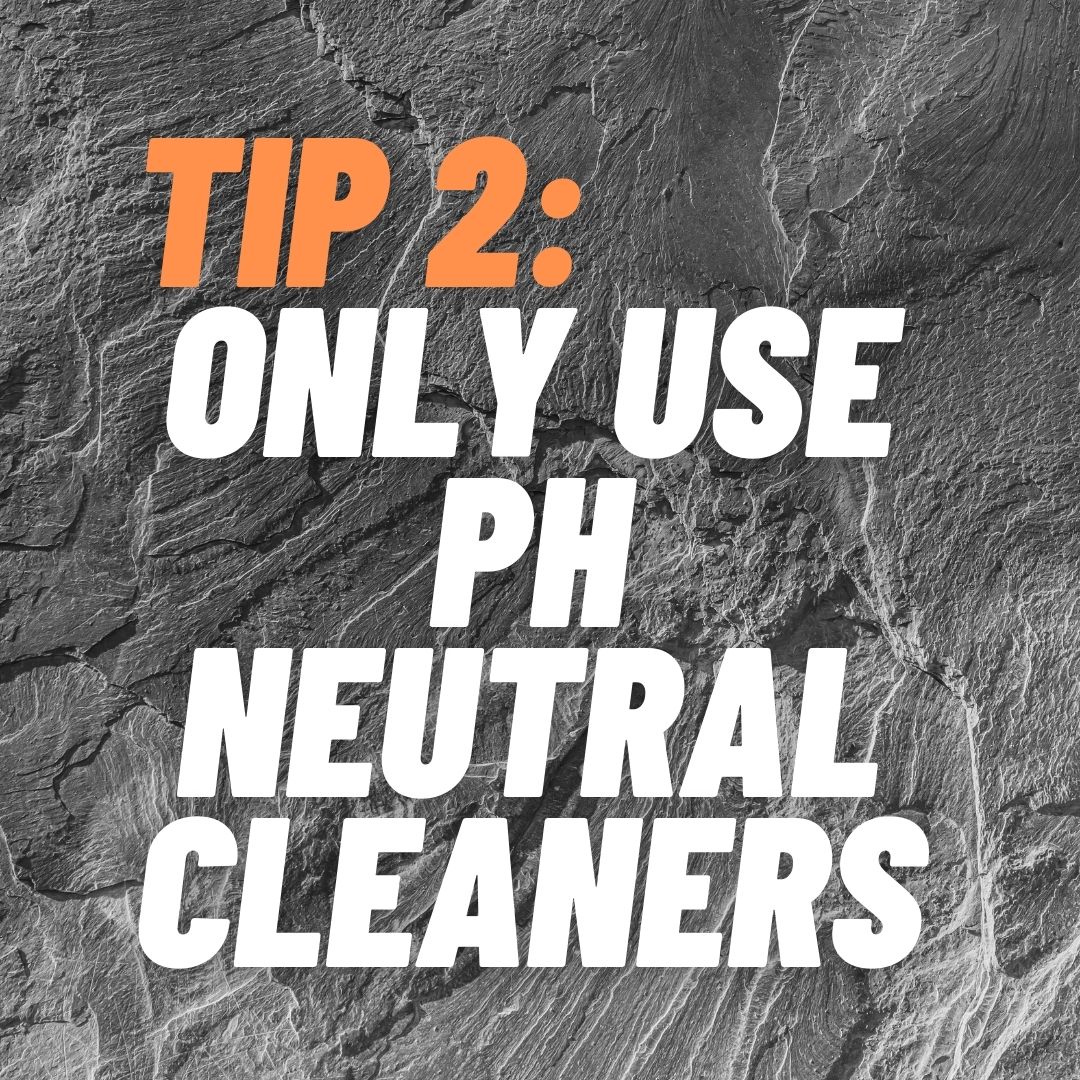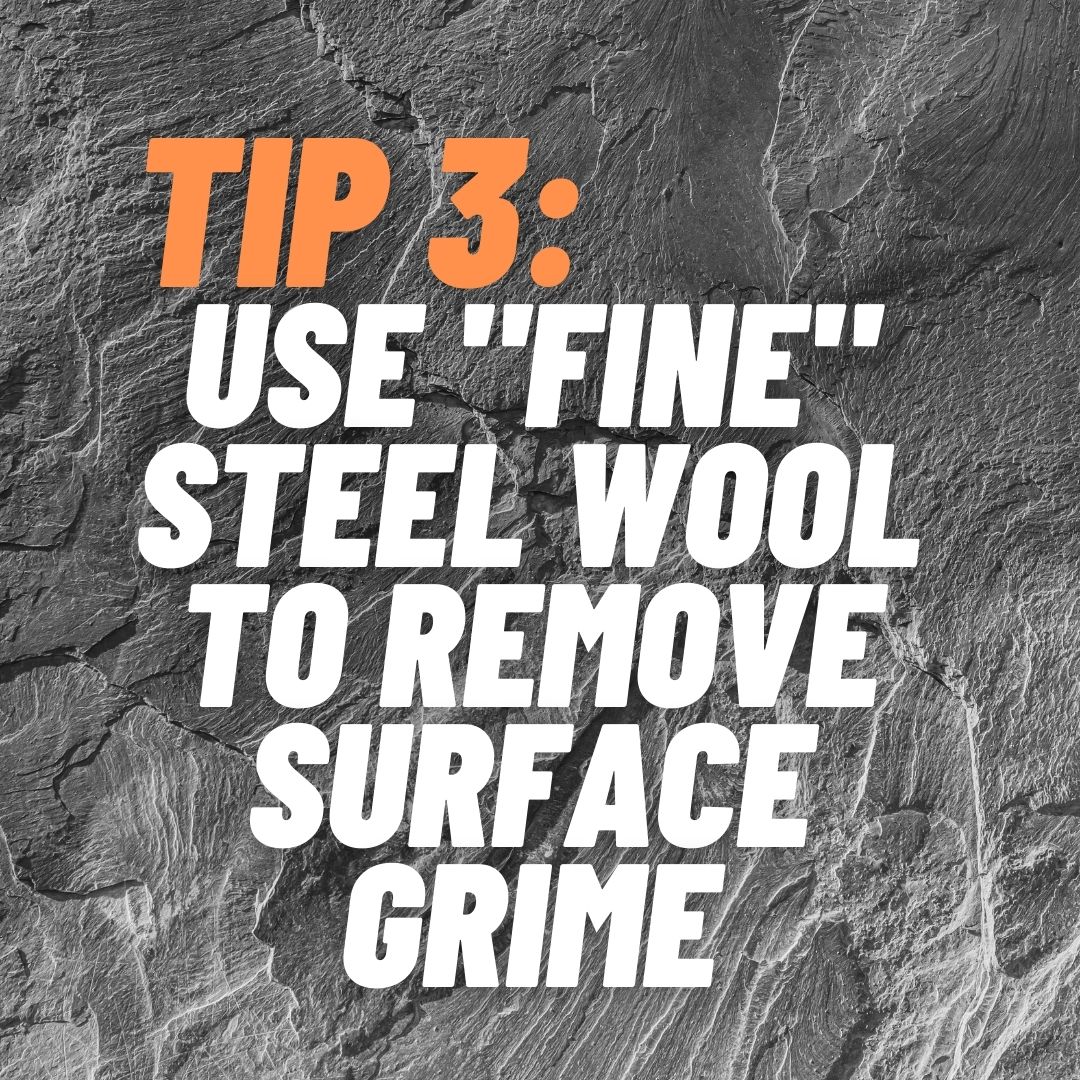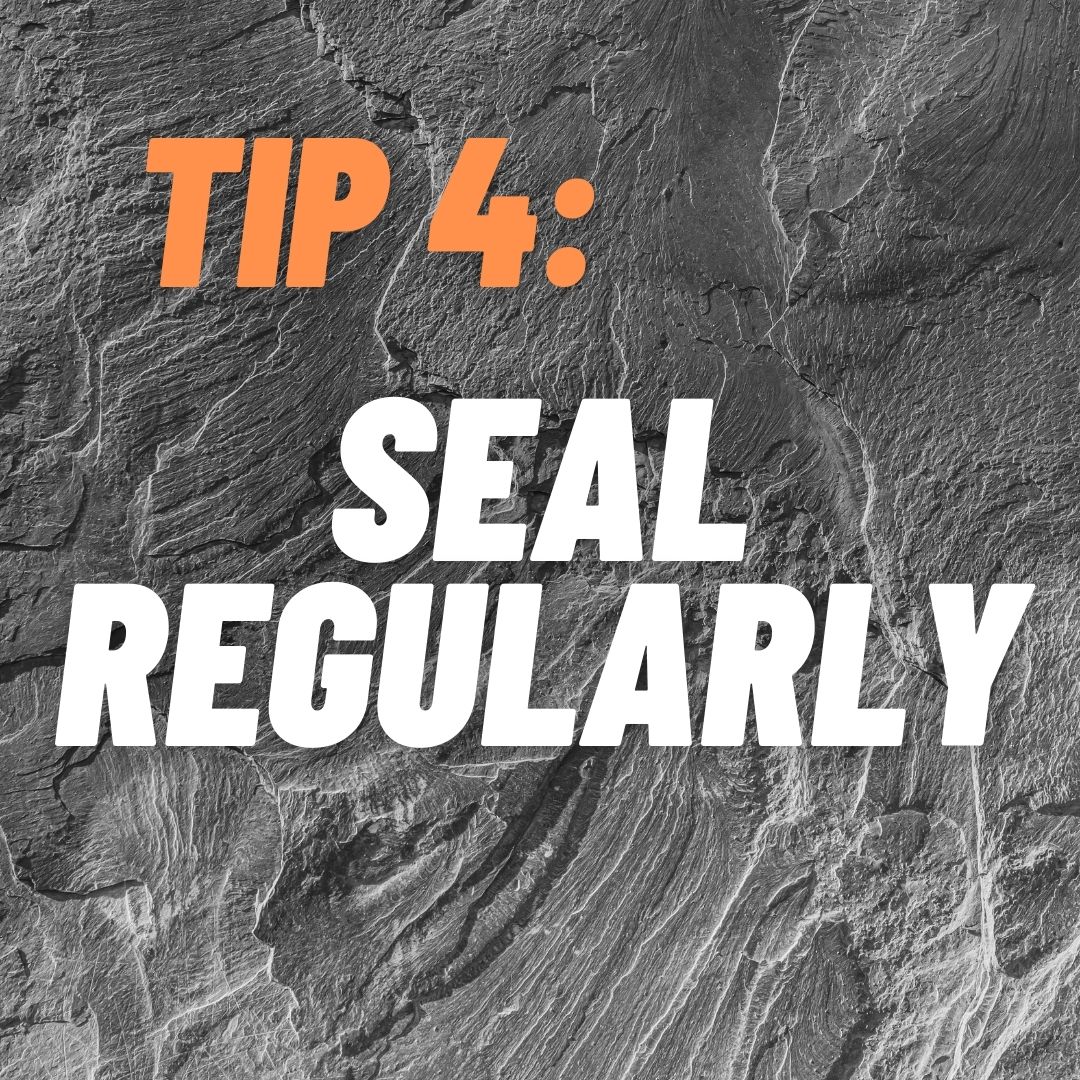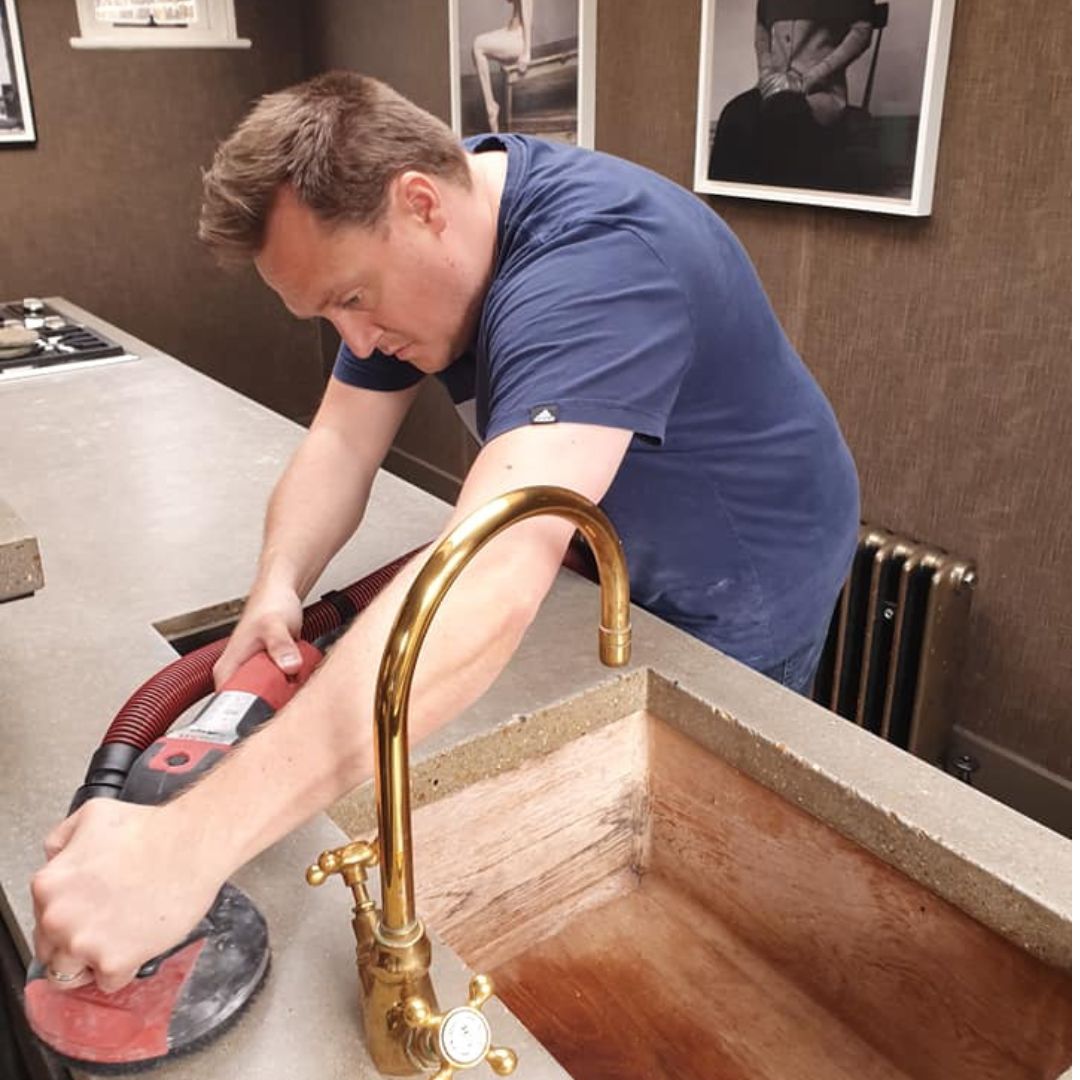More water flows by, as well as additional minerals, over time. The differences between the layers are a result of water flow rate and tiny amounts of impurities. Calcite is usually white or clear when in its most pure form, but it may be tinted by minor quantities of other minerals.
Onyx is a type of natural stone that is usually a warm honey color. This happens when there is iron oxide in the stone. The layers of onyx reflect the water's movement and create beautiful patterns. People make slabs of onyx by cutting into the layers and revealing all of the different colors from thousands of years of deposits.
Crystals can form in many different places. Sometimes they form in caves or in other openings in the bedrock. You can also find them in veins of banded calcite that are found in fractured limestone or volcanic rocks. It all depends on where the groundwater that has minerals flows. All it takes is for someone to find the underground cache.
Travertine is manufactured in the same manner as onyx. The primary distinction between travertine and onyx is that travertine has a porous, lace-like texture, whereas onyx is smooth and non-porous. Aside from that, the two stones are quite comparable.
GraniteGranite is a type of igneous rock that forms deep below the Earth's surface after millions of years of Magma or lava cooling and solidifying under high pressures. The granite is made from the Latin term "Ignis," which means "fire." Granite has three primary minerals, including quartz, feldspar, and mica.
Granite is a type of metamorphic igneous rock that forms over time through the carving of granite. The lengthy cooling process from high heat gives granite its strength and solidity. Its low porosity makes it an excellent material for both internal and external applications, mainly suited to kitchen benchtops and flooring.
Feldspar is the most abundant mineral in granite. Granite also contains a significant amount of quartz. Minor amounts of mica and amphibole are present in the granite blend.
Granite's mineral content varies.
True granite, according to a petrologist definition, must include 10 to 50 percent felsic compounds and 65 to 90 percent total feldspar minerals.
QuartziteQuartsite is a metamorphic rock that is quite common. When sandstone or chert with a high content of quartz is subjected to heat and high pressure, it transforms into quartzite naturally.
Quartzite generally contains more than 90% quartzite; some specimens can reach 99%.
Although quartzite may appear to be glassy and like marble in some cases, it has a smooth, slick feel. Quartzite is one of the most popular countertop materials because of its classic look.
This natural stone is widely used in construction as it is highly resistant to temperature changes, durable, resistant and does not absorb moisture. It is also one of the hardest natural stones, making it a good choice for high traffic areas.
Visually quartzite can have veining similar to many marbles or a beautiful almost transparent crystalline structure.
SoapstoneSoapstone (also known as Steatite) is a metamorphic rock that is largely composed of talc. It also contains varying quantities of other minerals including micas, chlorite, amphiboles, quartz, magnesite and carbonates, depending on the quarry from which it originates.
Soapstone is a metamorphic natural stone made up of potassium feldspars and other minerals that have been transformed by heat and pressure. It's formed when tectonic plates are subsumed (subducted). The rock is formed when one plate moves under another and is forced to sink. The rock is changed with heat, pressure, and the influx of fluids (but does not melt).
SlateSlate is a type of metamorphic
stone that is made of sedimentary rocks. It's mainly composed of quartz, sericite and minerals of the chlorite group. Its color is determined by the mineral structure and size of its mineral grains, which define its makeup.
The layer in which Slate is found, known as bedding, consists of fine-grained sediments like mud or occasionally volcanic ash that were deposited millions of years ago and compressed into layers known as bedding.
As the pile of sediments grew thicker, the open structure of the mudstone or shale was compacted into a mudstone or shale.
These rocks are easy to split because they have flat surfaces. People call these rocks flagstones. However, in order for slate to form, the minerals in the mudstone need to be changed by intense forces that happen when mountains are built.
